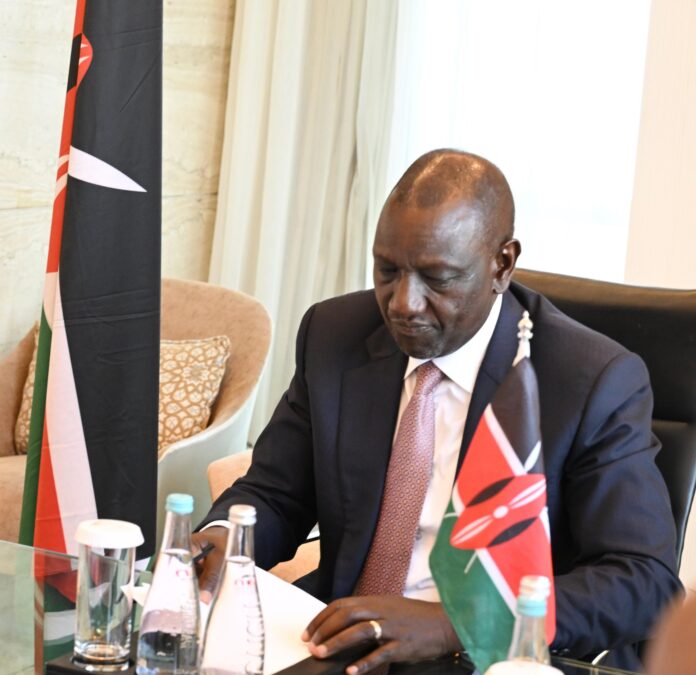The government has announced the establishment of 1,563 new public Wi-Fi hotspots across the country, a move aimed at bridging the urban-rural connectivity gap and enhancing digital inclusion.
In a mid-term scorecard report released on Thursday, March 13, the government highlighted how the increased number of Wi-Fi hotspots has expanded access to online learning, e-commerce, and remote work opportunities. Additionally, the initiative has strengthened access to government e-services, supported local businesses by enabling free internet access for digital transactions, and enhanced social connectivity in underserved areas.
Among the key markets where Wi-Fi hotspots have already been deployed include Kenyatta Market, Githurai Market, Sikhendu Market, Kiminini Market, Diani Market, Masii Market, and Wakulima Market. The government also noted that some initiatives, such as the Kenya Wildlife Service Initiatives and Karibu Connect’s Welcome Community Wi-Fi, are being supported by Starlink.
The government further revealed that it has initiated a review of the National Government CDF Act, allowing constituencies to set up digital hubs, with 282 hubs already established nationwide. These hubs are being set up in existing government buildings to reduce costs and optimize resources.
At the same time, the government reported a significant increase in the number of digitized services, rising from 350 in 2022 to 20,985 in 2025, representing a 5,896% growth. These services have been integrated into the eCitizen and mobile platforms, enabling seamless access to government services.
As a result of digitization, the government noted improvements in:
- Revenue collection, which has surged from Ksh60 million per day to between Ksh700 million and Ksh1 billion.
- Efficiency and convenience, reducing bureaucracy and corruption through transparent digital processes.
Expansion of Fiber Optic Connectivity & Job Creation
The government also reported an increase in fiber optic connectivity, with coverage expanding from 8,900 kilometers in 2022 to 13,590 kilometers in 2025. Notably, the implementation model has shifted from traditional underground digging to leveraging Kenya Power lines for faster deployment.
Additionally, youth employment through programs such as Ajira and Jitume has seen a major boost, increasing from 41,382 in 2022 to 182,568 in 2025. The government affirmed its commitment to expanding digital job opportunities to empower more young people across the country.
This digital transformation aligns with Kenya’s broader strategy to enhance connectivity, improve service delivery, and create more economic opportunities through technology.







